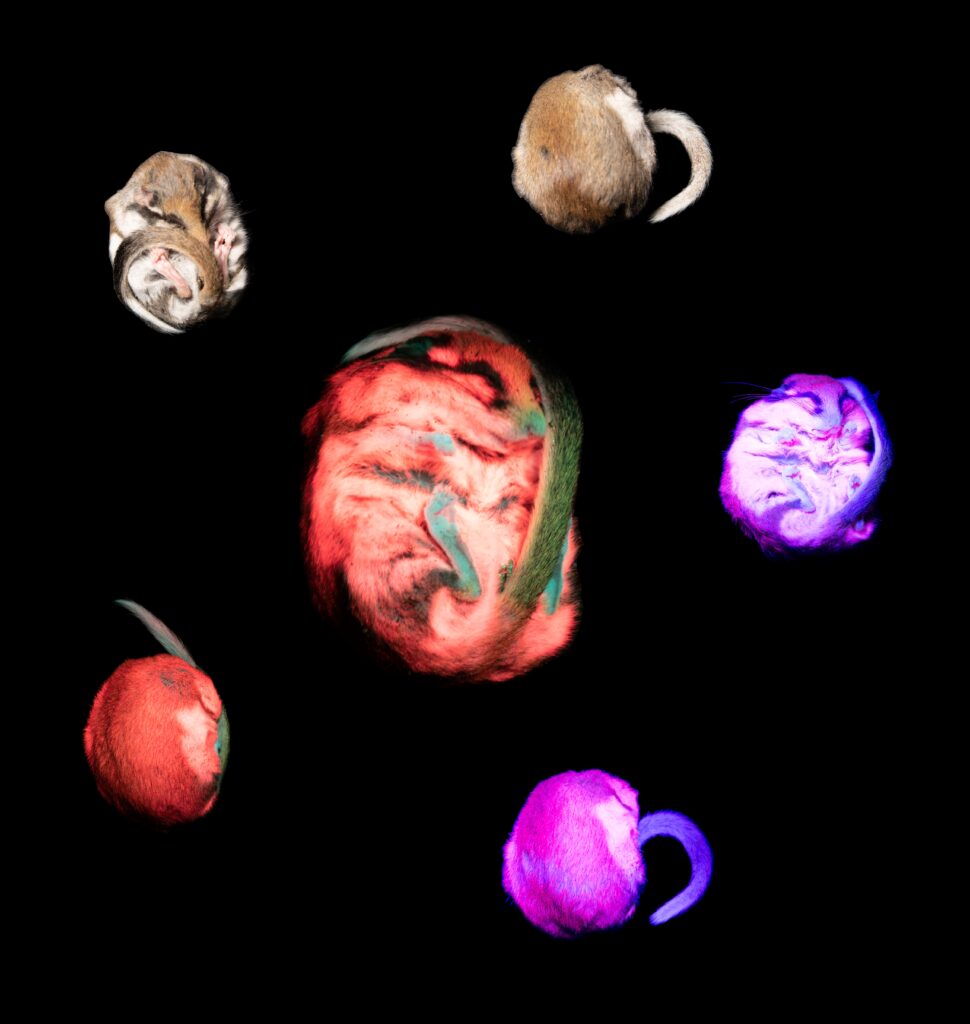Every year, more and more discoveries of photoluminescence in different mammal species are made. The more recent cases thus far have been in duck-billed platypus (Ornithorhyncus anatinus), New World squirrels (Glaucomys spp.) and springhare (Pedetidae). Now we can add another species to the list: the garden dormouse (Eliomys quercinus), an endemic rodent to Europe, currently categorized as Near Threatened (NT) by the IUCN. For mammals, it has been suggested that this fluorescence could serve as intraspecific communication or camouflage. On the other hand, some believe that the phenomenon may not have a biological significance because porphyrins, which are primarily responsible for the glow, are photosensitive and present in all mammals, so they do not degrade in nocturnal animals. In this study as well, it was shown that the glowing pigment of garden dormouse fades over time. Certainly, the biological reasons for glowing in garden dormouse and other animals need to be further investigated because it seems to be more widespread than we previously thought.
The study was completed in 2023 and published as a scientific article titled ““Photoluminescence in the Garden dormouse (Eliomys quercinus)” in the journal Zoology.





